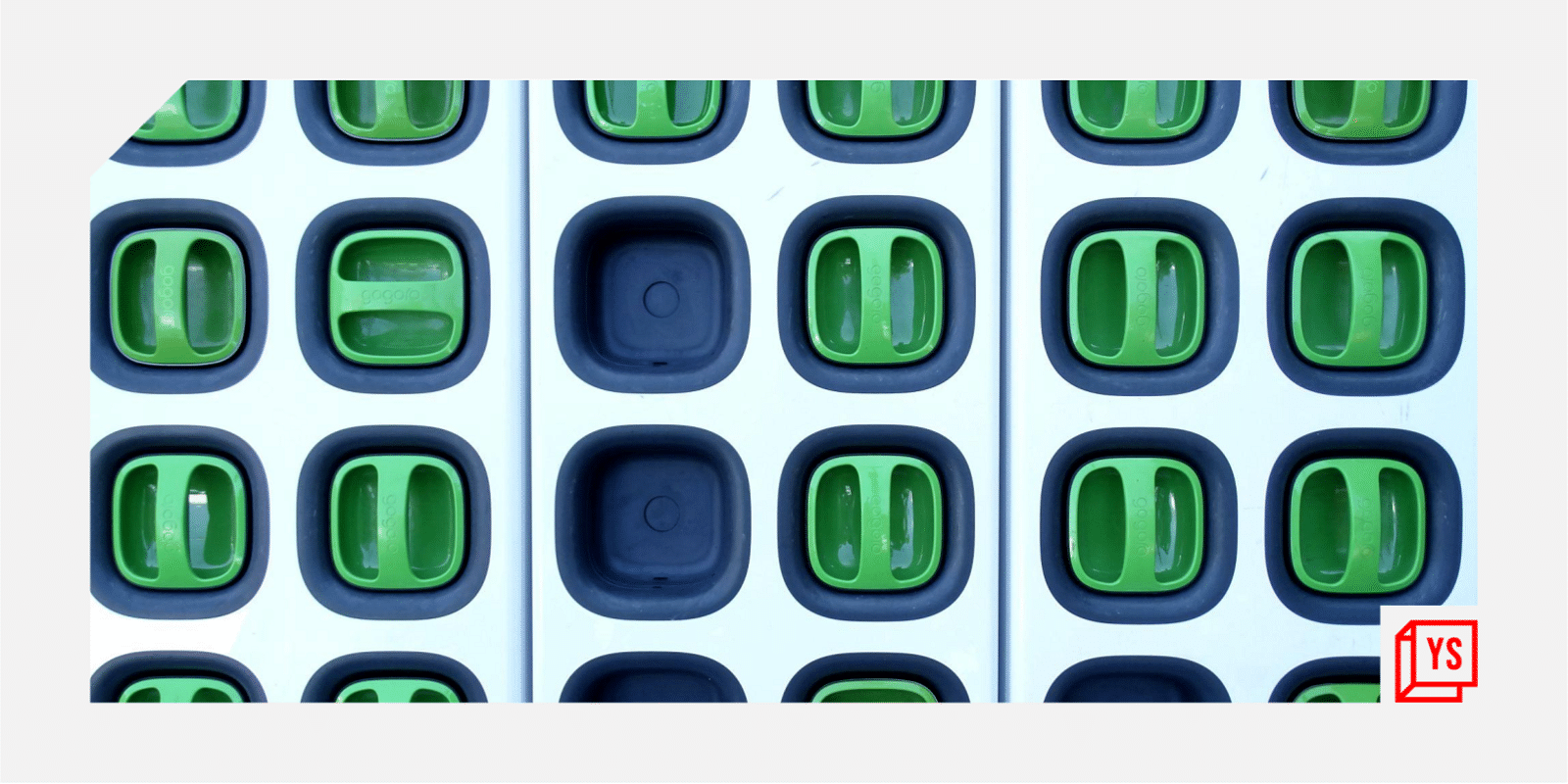With the country’s economic growth goals necessitating the generation of stronger energy and transportation infrastructure, India is aiming to go green.
The government has reiterated its plans to reduce the national carbon footprint, and one of the major goals is to have 30 percent of cars, and the majority of two- and three-wheelers in the EV category by 2030. The shift towards EVs is a step in the right direction, but the transition has been slower than what is required until now.
A careful analysis of the scenario will reveal the reasons behind the reluctance to switch to EVs.
- Firstly, they are costlier than regular fuel vehicles and batteries make up for half of their cost.
- Second, they have a limited range of operability due to the need for recharging batteries, and in the absence of adequate and speedy charging options, these vehicles don’t offer the same efficiency and usability as fossil fuel vehicles.
- Lastly, owning and maintaining EV batteries is costly and they require to be purchased afresh after a certain period.
These considerations, along with the fact that the majority of Indian transportation is handled by shared mobility and last-mile connectivity solutions, can enable EVs to become a mainstream choice once the challenges are addressed.
This is where battery swapping has emerged as the catalyst that will catapult EVs into the popular category. The change is likely to start in 2022 itself, and the government’s decision to allow the sale of electric two- and three-wheelers without a factory-fitted battery is going to be a major factor in the nationwide acceptance of battery swapping.
Now, buyers can choose to purchase EVs without batteries as it will make them affordable enough to match the cost of conventional petrol vehicles.
As far as the elimination of operational challenges for EVs is concerned, the battery swapping service providers are taking care of those as well. Here is how.
No range anxiety
Range anxiety refers to the concern that the EVs can operate only within the vicinity of a charging station. Once the battery runs out, the vehicle has to be plugged in and left for hours to get fully charged again.
With hardly enough charging stations even in the metros, usage of such vehicles outside major cities is not possible at present. However, as battery swapping service providers have already demonstrated with e-rickshaws, this challenge is eliminated as the vehicle needs to drive into a battery-swapping station (BSS) where the drained batteries are replaced with fully charged ones.
The vehicle can get back to the road within a matter of minutes. There is no need to park the vehicle for charging, thereby even reducing the requirement for setting up a BSS.
Management of battery and cost of ownership
Now that the government has already approved the sale of EVs without batteries, buyers can simply buy the vehicles at much lower costs, leaving the responsibility of battery charging, maintenance or purchase on the companies.
End users just need to pay per swap and can enjoy limitless mobility. This would make the EVs as affordable and simple to use as petrol vehicles.
The central and many state governments are taking steps to help establish BSS across the country. The Delhi government offers subsidised rental leases for the same. Several startups as well as large enterprises such as Reliance Industries have decided to join the battery swapping segment.
With the number of BSS expected to be in thousands by the end of 2022, the day is not far when there will be one in the vicinity of wherever a vehicle is. With investments into the sector pouring in, and the government expected to announce more EV and battery swapping supportive measures, we are all set to see electric mobility take centre stage in India now!
(Disclaimer: The views and opinions expressed in this article are those of the author and do not necessarily reflect the views of YS.)






![Read more about the article [Weekly funding roundup] Venture investments into Indian startups decline in third week of August](https://blog.digitalsevaa.com/wp-content/uploads/2021/07/Weeklyimage-1577460362436-300x150.png)


